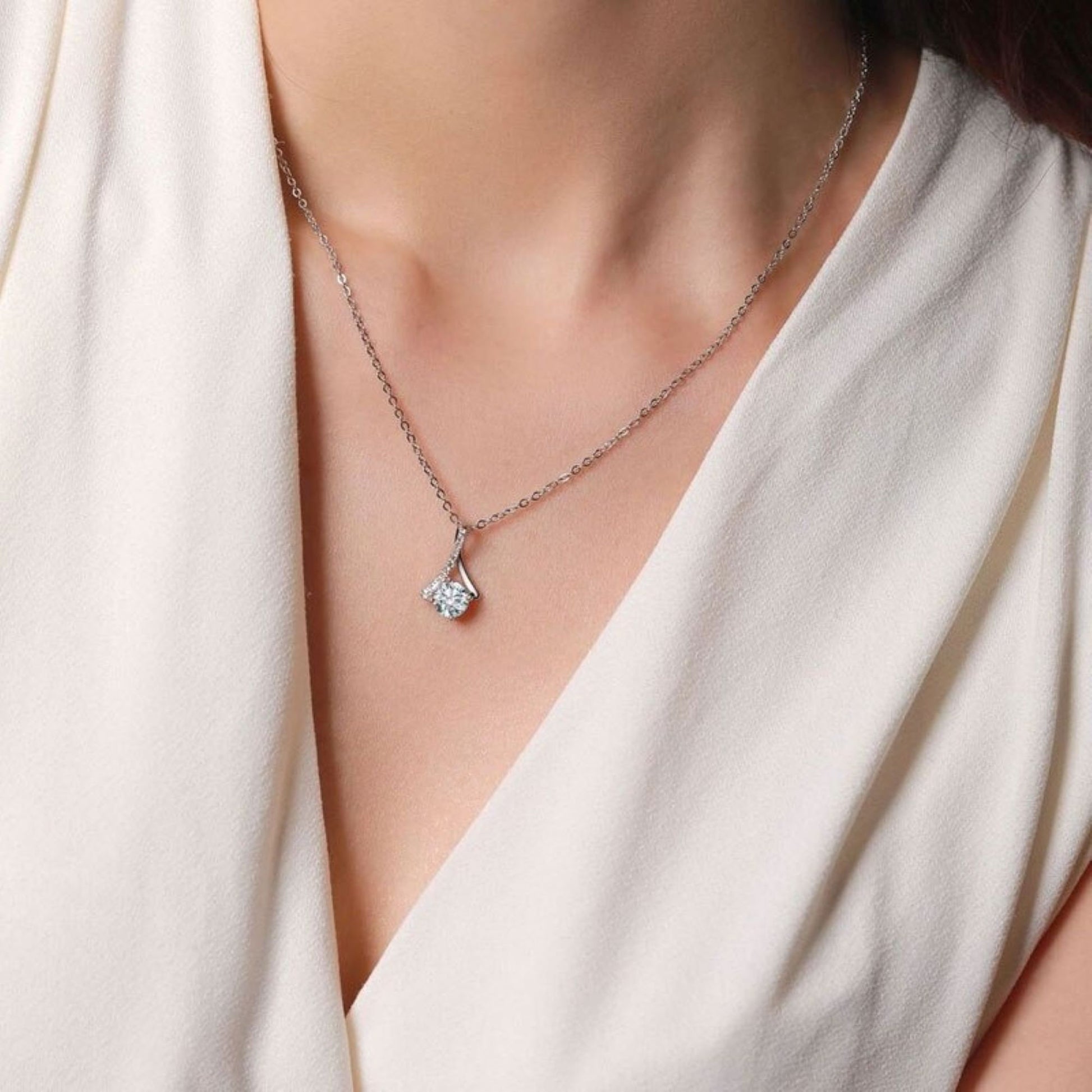
A Brief History of Diamonds: The Appeal of Diamonds
Diamonds have fascinated humans since the dawn of time and to this day, diamonds are without doubt among the most desired stones to be fitted with an engagement ring or to be stringed on necklaces due to the sparkle or kept as investments due to their ever-growing value.
The value of a diamond is never precise and is generally determined subjectively based on the stones cut (some cuts are worth more than others), its colour (some colours are rare), its size (generally termed as “carat” referring to the diamond’s weight) and clarity which is all about flaws (The clearer the diamond, the more valuable it is).
In ancient times diamonds were revered as divine elements similar to gold and were used mainly as ornaments for decorating deities and were also used as jewellery by nobility, however the primary role diamonds played in ancient time was for trade and it believed that the use of diamonds for trade started as early as the 4th century BC by Indian merchants and diamonds from India eventually found their way through trade routes to Western Europe that reached the medieval markets in Venice.
By the 13th century diamonds became a trend and were ‘high-end’ accessories for the elites in Europe. 300 years later around the 1700s, India’s diamond supply was at a downtrend allowing Brazil to become a primary source of diamonds that were found by gold miners panning local rivers.
This allowed Brazil to hold the top spot for the global diamond market all the way up to the 1800s and by the 20th century diamonds were mainly from the African continent and also Australia that supplied more than 90% of the global pink diamond supply which are extremely rare (Argyle Diamonds).
Whilst primary sources of diamonds kept shifting from continent to continent, the diamond market was evolving and the appeal of diamonds did not only attract those who wished to accommodate their vanity, but also to investors who realised that diamonds offered a good return in future provided the diamonds were kept long enough.

Although data on diamond value, investment and returns prior to the 1950s are difficult to obtain, a recent study by a researcher at Tilburg University by Luc Renneboog published a paper on the subject in 2015. The paper was based on action data from 1999 to 2012 and the findings revealed that the average return for the period was on par with returns that could be derived from stocks, commodities and also property at a rate of approximately 8% annually.
Based on all of the facts presented here, it becomes evident as to why diamonds have become an element of high appeal to people. Currently, the only competition that natural diamonds face stems from lab grown diamonds which are not only lower from the perspective of price, but also higher quality when compared to natural diamonds.
Nevertheless, despite the high quality of lab grown diamonds or synthetic diamonds and lower price, the benefit when you buy diamonds that are lab grown is they command less than 20 % of the diamond market and this figure is even lower within the diamond engagement ring segment.









